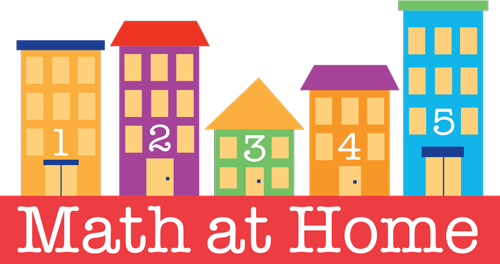Cubetto: Coding with 4 year olds: Why Coding is important to teach young children.

Cubetto is coding toy that was donated by a staff member at my school. We got an early version of the toy before it was even on the market! Our Cubetto came with an interface board, directional buttons, a bag for the buttons, Cubetto (the robot), two floor maps and three books to accompany the maps. The first book in troduces all the pieces of the toy and gives the basics of how to use each piece; the other two books accompany each map and tell a story that gives the children directions on how to move Cubetto around the map. The children have to input the directional buttons into the interface board and then press the start button, which then sends Cubetto through the sequence of directions on the map. The children loved experimenting with movement, directions and patterns. As an educator, I would highly recommend some sort of toy that teaches children how to code. I observed a number of benefits to using these toys in the classroom, so much so that I recommended them to all of my friends with children. Some of the key benefits were:
- The children had to think abstractly; they couldn’t physically move the robot themselves, but through patience and trial and error, they had to use a system to move the robot.
- They had to think ahead and make a plan. They had to first ask themselves, how will I get this robot from point A to point B and think through the steps of these movements? This is a skill that we need to teach young children, to prepare them for school and any career.
- They had to learn that to solve the problem they had to fail and not get upset, but use that failure to learn how to make a better plan and get the robot to move more efficiently. They ended up liking that they failed because then they got to try a new strategy.
- They worked together without even realizing it or fighting! They would observe each other solving the problem and then when they would try and get stuck, they would ask for help from a peer.
- They had to think about directions in a different way (and so did I!). The “right” direction meant one thing when the robot was facing one way and then once the robot turned, “right” changed. I had to quickly make a printout that said straight, reverse, left and right, so that when kids struggled, they could turn it and it would give them directional clues.
- I even learned a lot during this process. I practiced at home and had to think about how I would teach children in a different way. Then, when I was with the children I had to figure out strategies to scaffold and change how I explained the process. It was hard since I was never taught how to use materials like this.
- This whole process taught me a lot about how my students think; it was easy for me to see where they got stuck in the process of planning and moving the robot, which made it easier for me to then think of supplemental activities to strengthen these deficits.


I’ve never heard of this toy but I love the idea. I’ll definitely be looking for it now. In this day and age of increasing technology, we have to help our students learn all different ways because they will be utilizing technology for the rest of their lives.